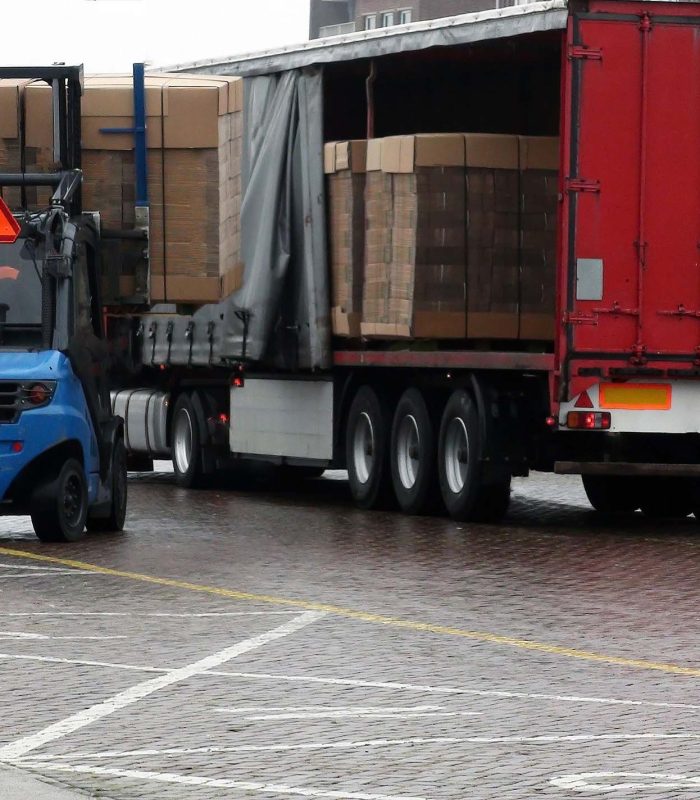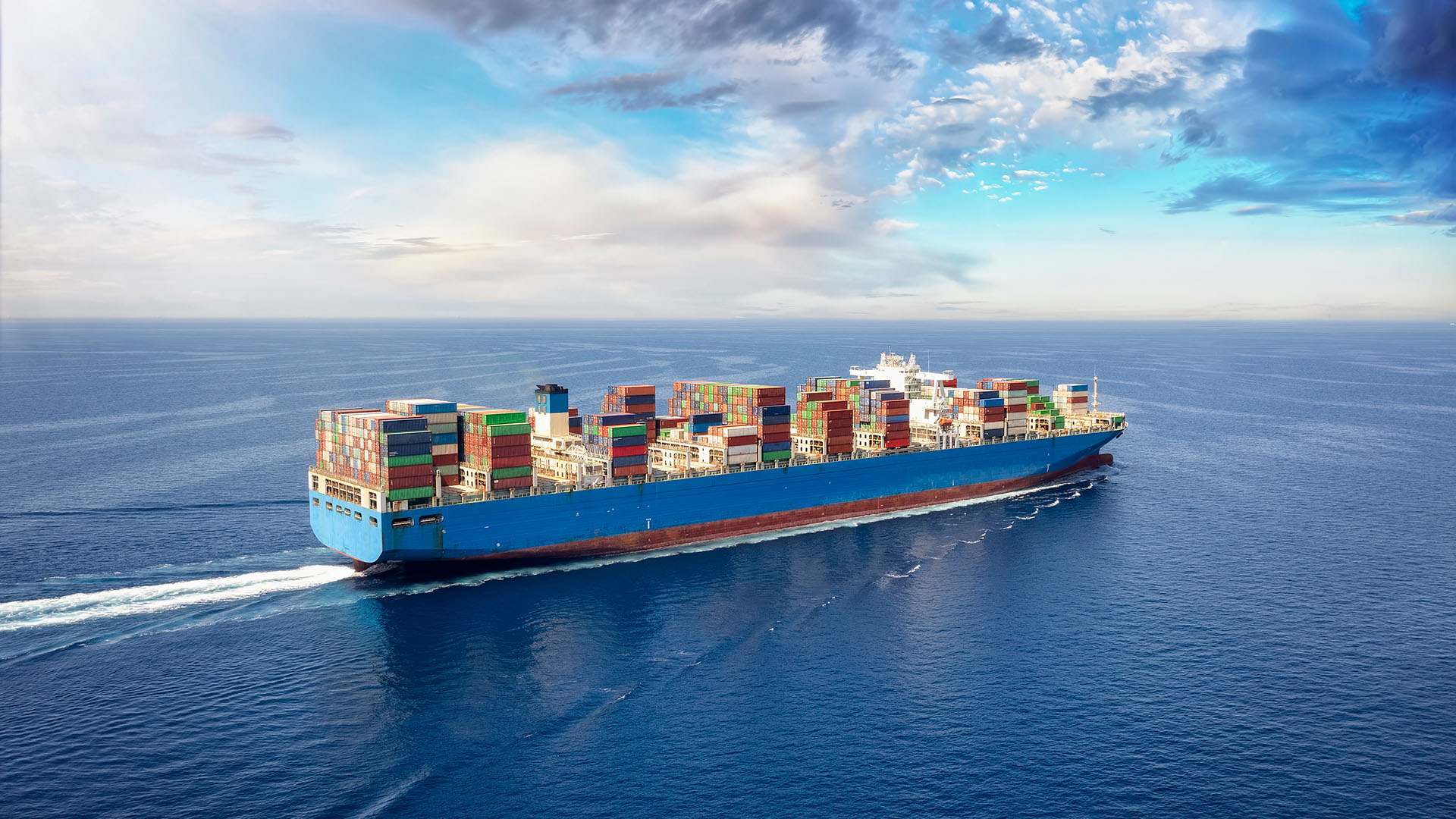Ocean Freight
Our ocean freight services offer cost-effective solutions for large and small shipments, utilizing high-quality, stable shipping routes from China to Southeast Asia.
Global Sea Freight Solutions
Reliable. Cost-effective.
Our comprehensive sea freight services connect your business to global markets with efficiency and reliability. Whether shipping full containers or smaller consignments, we provide tailored solutions to meet your budget and timeline requirements while ensuring the safe passage of your cargo across oceans.
Flexible Shipping Options
Choose the Right Solution for Your Cargo
Our FCL service provides exclusive use of containers for maximum security and cost efficiency. We offer 20′, 40′, and 40′ high cube containers to accommodate various cargo types and volumes.
We handle all aspects of the FCL shipment, from container pickup at your location to delivery at the destination port. Our team will also take care of the necessary documentation and customs clearance procedures, making the shipping process hassle – free for you.

FCL -Full Container Load- Ideal for shipping large volumes of goods
![SEA FREIGHT FCL Stacked shipping containers under summer sky with white clouds. More containers [url=http://www.istockphoto.com/file_search.php?action=file&lightboxID=1361092]here[/url].
***INSPECTORS THIS IS NOT UPSIZED, IT IS TWO PHOTOS JOINED***](https://minsuncargo.com/wp-content/uploads/elementor/thumbs/SEA-FREIGHT-FCL-r3d1jwg1u2r0sv2dppnzrbbke69eglwze2dgycxa9s.jpg)


LCL-Less than Container Load- Perfect for smaller shipments
With LCL, your cargo is consolidated with other shippers’ goods in a shared container. This economical solution provides the same reliability as FCL while significantly reducing costs for smaller cargo volumes.
We carefully coordinate the loading and unloading of the container to ensure that your goods are handled with care. Our LCL service also includes door-to-door delivery, documentation support, and customs clearance assistance.
What we offer
Cargo Insurance
Protect your valuable cargo against unforeseen events such as loss or detained by custom.
Customs Clearance
Our experts handle all documentation and regulatory requirements for smooth customs processing.
Door-to-Door
Complete logistics solutions that extend beyond port arrival to final destination delivery.
Cargo Tracking
Stay informed about the whereabouts of your cargo at all times, giving you full visibility of of your shipment.
Our Seamless Shipping Process
How it Works
The Process of Our Ocean Freight Services - Simple and Transparent
1. Initial Consultation
We assess your specific requirements and recommend optimal solutions
2. Booking & Documentation
Our team handles all paperwork and scheduling
3. Cargo Collection
We arrange pickup from your facility or supplier
4. Ocean Transit
Your shipment travels via our trusted carrier network
5. Customs Clearance
We manage all import & export formalities
6. Final Delivery
Your cargo arrives safely at its destination
Shipping to Southeast Asia?
FAQ
How is the Package Dimension Measured?
To accurately measure a package’s dimensions for ocean freight, measure the longest sides of the package in terms of length, width, and height. These measurements are typically done in inches or centimeters. The dimensions are then used to calculate the package’s cubic volume, which affects how much space it occupies in the container. For ocean freight, dimensional accuracy is essential because shipping costs are calculated based on volume and weight. Incorrect measurements may result in additional fees if the package occupies more space than initially estimated.
Why is the Warehouse Chargeable Weight Higher Than Expected?
Warehouse chargeable weight can differ from initial customer estimates due to the calculation of the dimensional weight. Unlike the gross weight, which only considers the actual weight, dimensional weight also accounts for the package’s volume, especially for bulky but lightweight items. Additionally, packaging materials, such as pallets or extra padding, may add weight. Warehouses follow specific industry standards to measure the actual space a package occupies.
Why Does Ocean Freight Require Detailed Cargo Information?
Providing accurate cargo information for ocean freight is crucial for customs clearance and safety. Detailed information allows the carrier to prepare necessary documentation, assess any required permits, and avoid delays due to inaccurate or incomplete cargo details. Specific information such as the item’s value, description, and intended use helps streamline the shipping process. For example, hazardous materials or regulated goods need precise documentation to meet safety regulations and avoid fines. Accurate cargo details allow freight companies to provide efficient and lawful logistics solutions.
Ready to Ship by Sea?
We give you full support
Get a free quote today and discover how our sea freight solutions can streamline your global supply chain.

